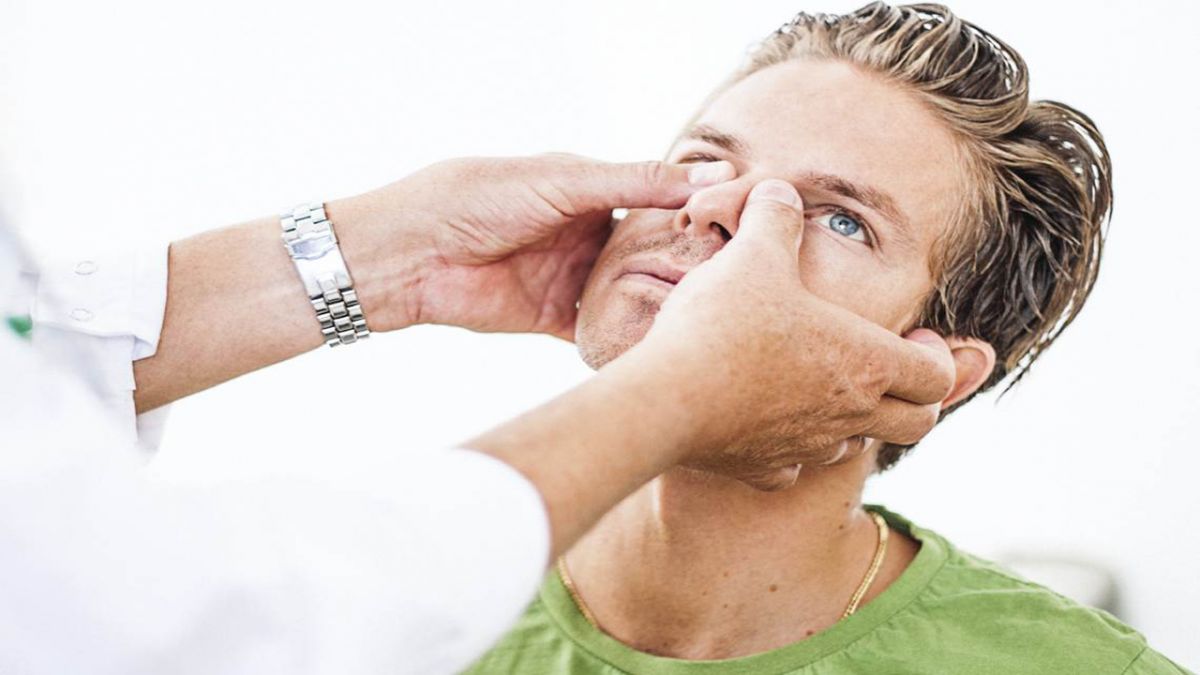Advertisement
Otosclerosis is a relatively common otological disorder that primarily affects the middle ear. It is a condition where abnormal bone remodeling occurs in the bony labyrinth of the inner ear, specifically around the oval window and the stapes footplate. This abnormal growth of bone can disrupt the normal transmission of sound waves from the middle ear to the inner ear, leading to various auditory problems.

The exact cause of otosclerosis remains unclear. However, research indicates that it may have a genetic component, with a significant number of cases showing a family history of the disease. Hormonal changes, such as those during pregnancy, have also been associated with the onset or progression of otosclerosis in some women. Additionally, viral infections during early development may potentially play a role in triggering the abnormal bone growth characteristic of this condition.
The most prominent symptom of otosclerosis is progressive hearing loss. Initially, it often starts as a mild hearing impairment, usually affecting the lower frequencies first. Patients may notice difficulty in understanding soft - spoken words or hearing low - pitched sounds clearly. As the disease progresses, the hearing loss becomes more severe and can affect all frequencies. In many cases, the hearing loss is bilateral, but it may be asymmetric, with one ear being more affected than the other.
Tinnitus, or the perception of ringing, buzzing, or other noises in the ear without an external source, is another common symptom associated with otosclerosis. The tinnitus can be continuous or intermittent, and its intensity can vary from person to person. It can be a significant source of distress for patients, especially when it is severe or accompanied by significant hearing loss. In some cases, the tinnitus may be the first symptom that patients notice, even before they become aware of any hearing difficulties.
In some individuals with otosclerosis, vertigo, or a sense of dizziness and spinning, may occur. This is less common than hearing loss and tinnitus but can still have a significant impact on a patient's quality of life. Vertigo associated with otosclerosis is thought to be related to the disruption of the normal function of the inner ear, which is responsible for maintaining balance. The vertigo can range from mild, occasional episodes to severe, disabling spells that can cause problems with walking, standing, and performing daily activities.
Some patients may experience a feeling of aural fullness, as if there is pressure or congestion in the ear. This symptom can be uncomfortable and may contribute to the overall sense of ear discomfort that patients with otosclerosis may feel. The aural fullness may be related to the changes in the middle ear due to the abnormal bone growth and its effects on the normal pressure - equalizing mechanisms of the ear.
Diagnosing otosclerosis typically involves a combination of a detailed patient history, physical examination, and various audiological tests. The doctor will first take a comprehensive patient history, asking about symptoms such as the onset and progression of hearing loss, the presence of tinnitus, vertigo, or aural fullness. Information about family history of hearing problems is also crucial, as otosclerosis often has a genetic link.

During the physical examination, the doctor will use an otoscope to examine the outer ear, ear canal, and eardrum. In cases of otosclerosis, the eardrum may appear normal, although in some advanced cases, a pinkish or reddish discoloration (Schwartz's sign) may be visible, which is due to increased blood flow in the area of the otosclerotic bone.
Pure - tone audiometry is a fundamental test for diagnosing otosclerosis. It measures the patient's ability to hear sounds at different frequencies and intensities. In otosclerosis, there is often a characteristic pattern of conductive hearing loss, with a significant decrease in air - conduction thresholds but relatively normal bone - conduction thresholds initially. As the disease progresses, a mixed hearing loss (both conductive and sensorineural) may develop. Tympanometry is another important test. It measures the movement of the eardrum in response to changes in air pressure in the ear canal. In otosclerosis, the tympanogram may show an abnormal pattern, indicating reduced mobility of the middle - ear structures.
For many patients with otosclerosis, especially those who are not suitable candidates for surgery or who prefer a non - invasive option, hearing aids can be an effective treatment. Modern hearing aids are highly sophisticated devices that can be programmed to amplify sounds according to the patient's specific hearing loss pattern. They can significantly improve the patient's ability to communicate and participate in daily activities by enhancing the incoming sound signals.
Stapedectomy is the most common surgical procedure for treating otosclerosis. In this procedure, the fixed stapes bone, which is preventing the normal transmission of sound, is removed (or partially removed) and replaced with a prosthesis. This allows sound to be effectively transmitted from the middle ear to the inner ear. Stapedectomy has a high success rate in improving hearing, with many patients experiencing a significant improvement in their hearing abilities shortly after the surgery. However, like any surgical procedure, it has potential risks, such as damage to the inner ear, which could lead to sensorineural hearing loss or facial nerve injury.
While there is no cure - all drug for otosclerosis, certain medications may be used in some cases. Sodium fluoride, for example, has been used in an attempt to slow down the progression of the otosclerotic bone growth. It is thought to work by promoting the formation of more stable, less - active bone. However, the effectiveness of sodium fluoride treatment is still a subject of ongoing research, and it is not a widely used standalone treatment.
In conclusion, otosclerosis is a complex ear disorder that can have a significant impact on a person's life through hearing loss, tinnitus, vertigo, and other symptoms. Early diagnosis and appropriate treatment, whether it be through the use of hearing aids, surgical intervention, or in some cases, pharmacological treatment, can help manage the condition and improve the patient's quality of life.
Advertisement




